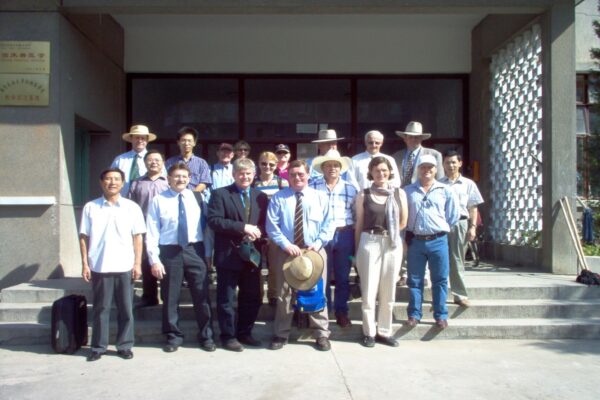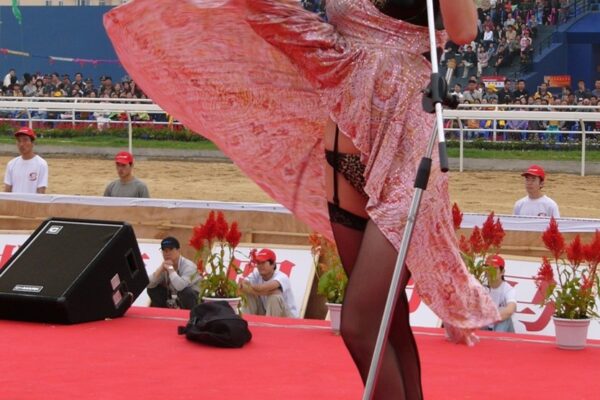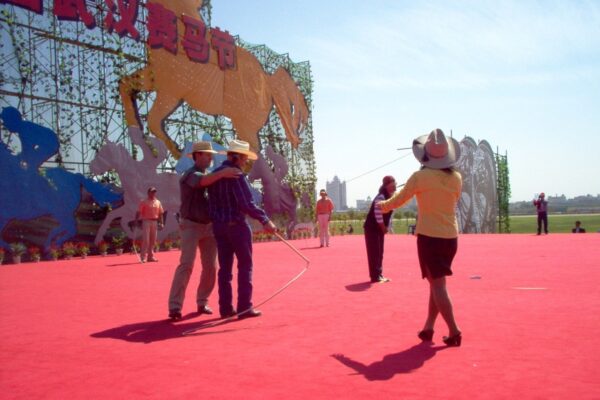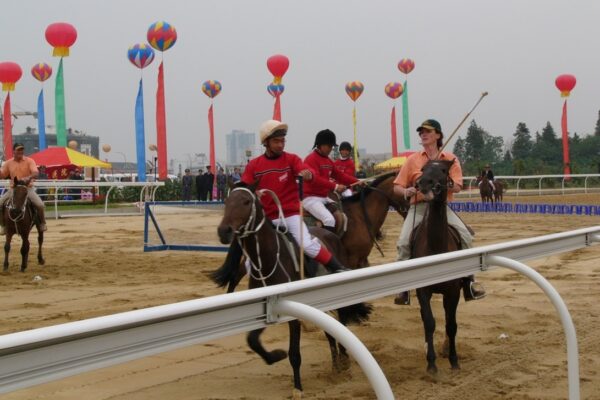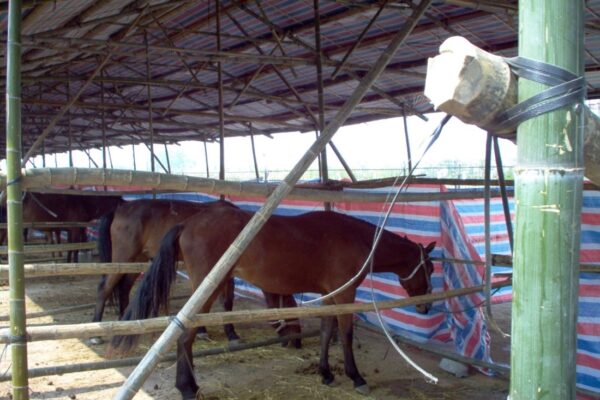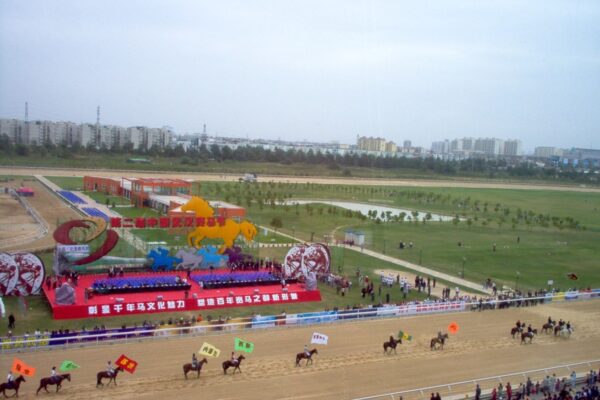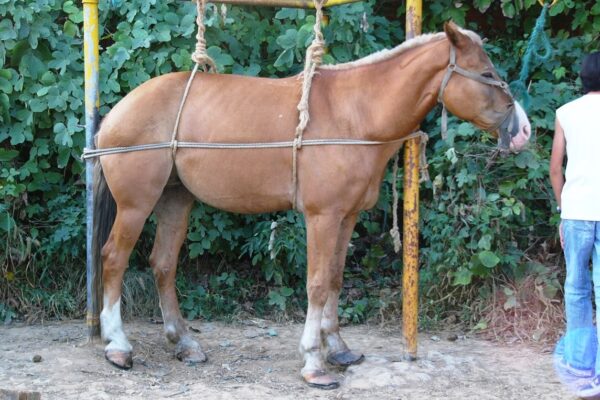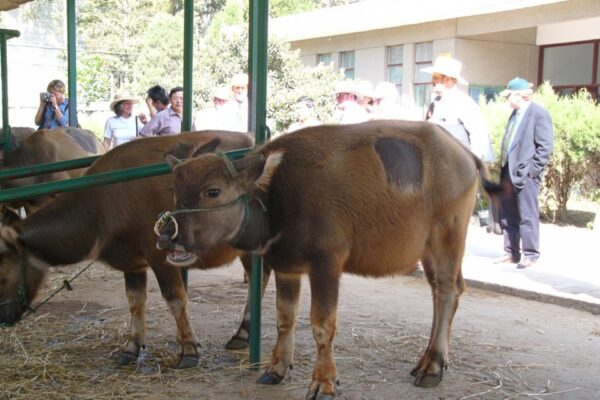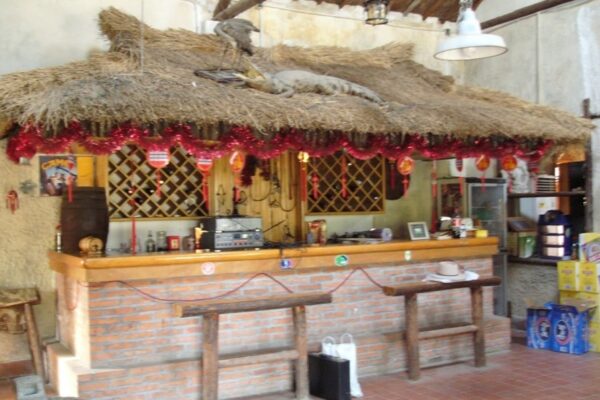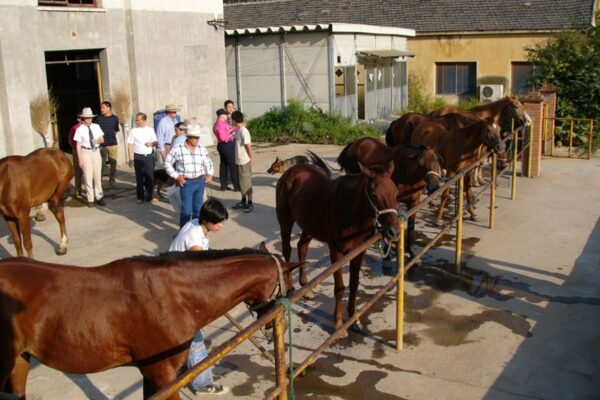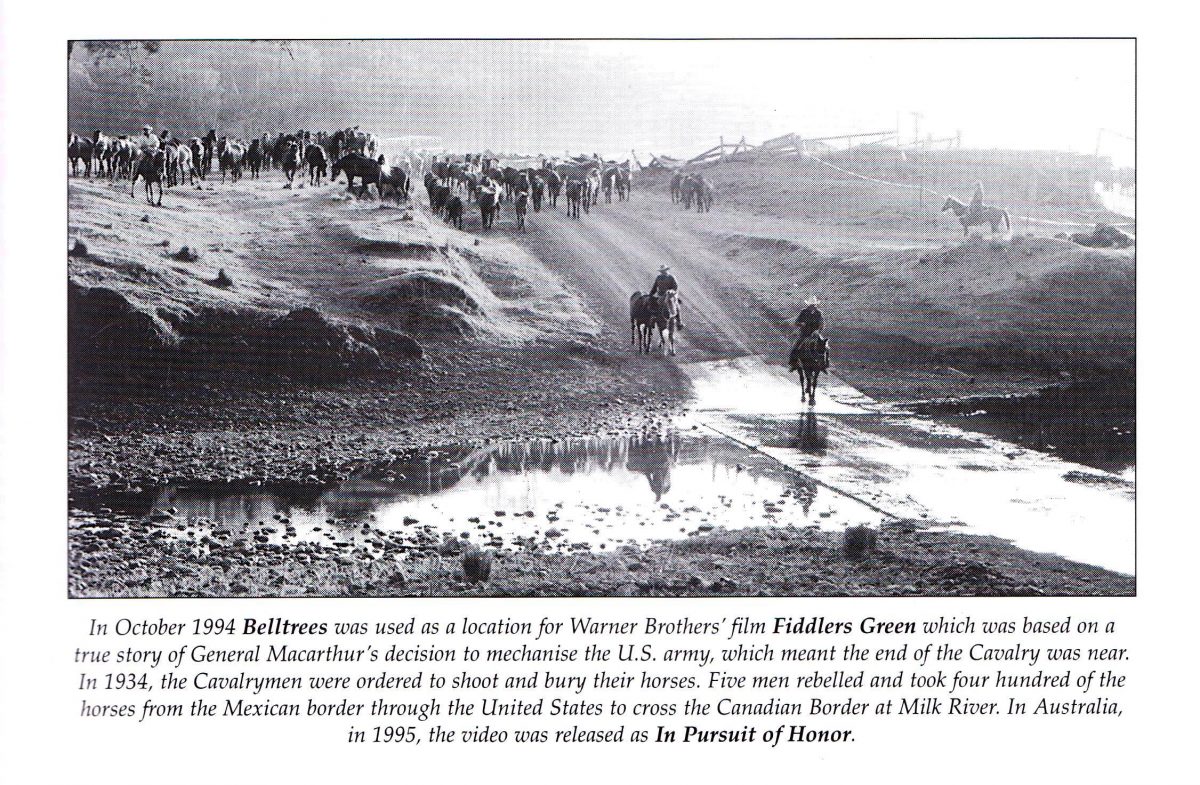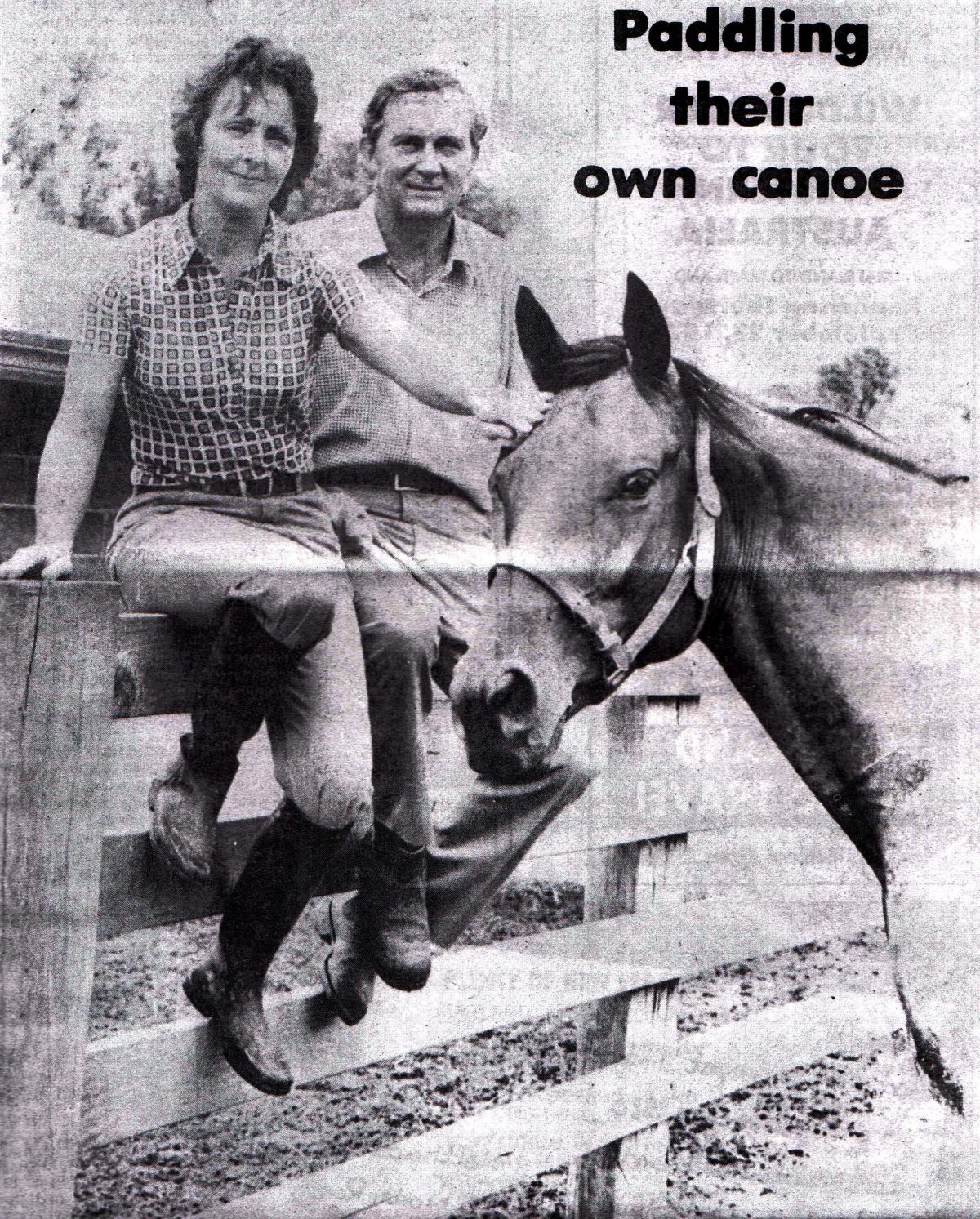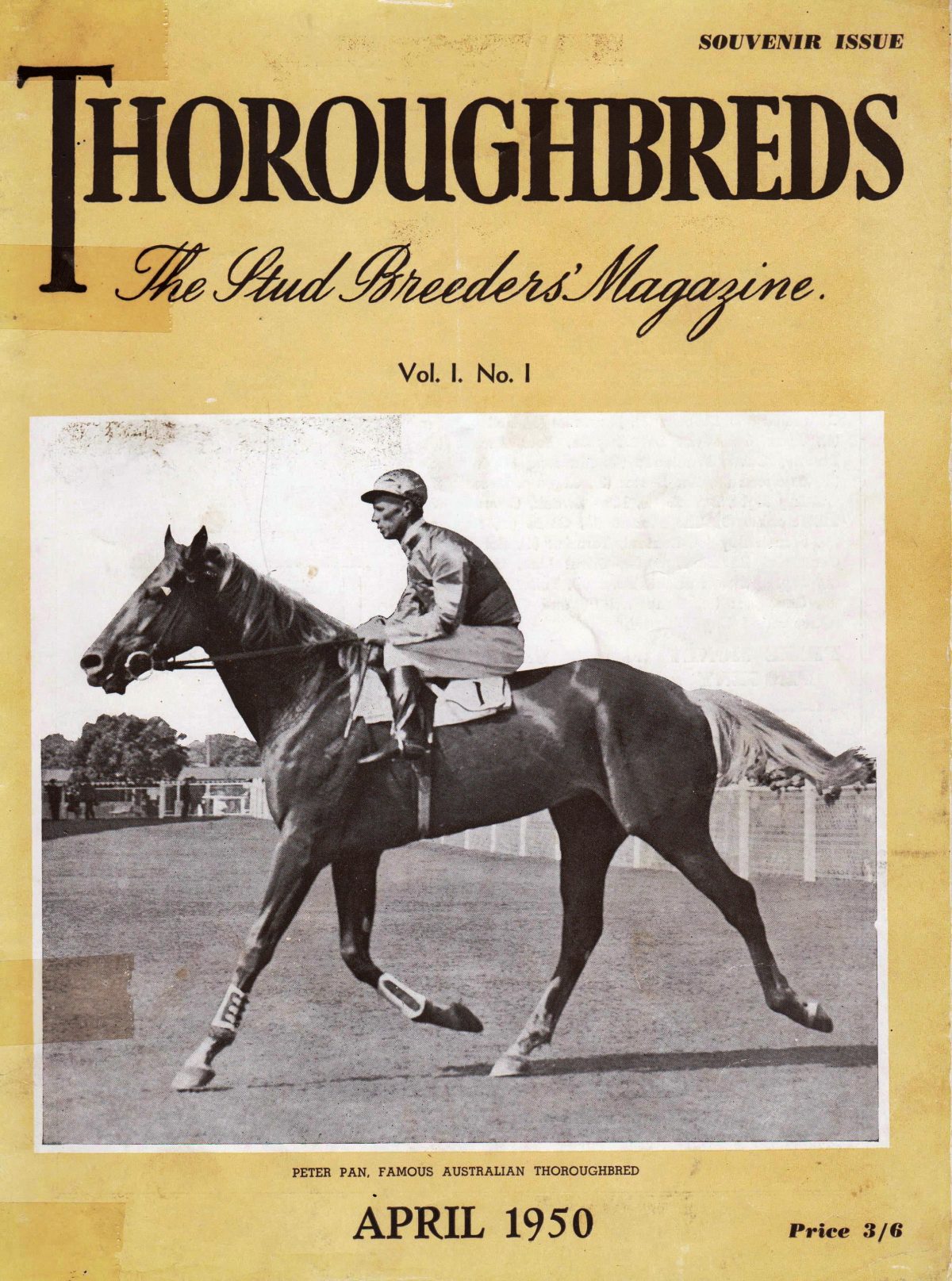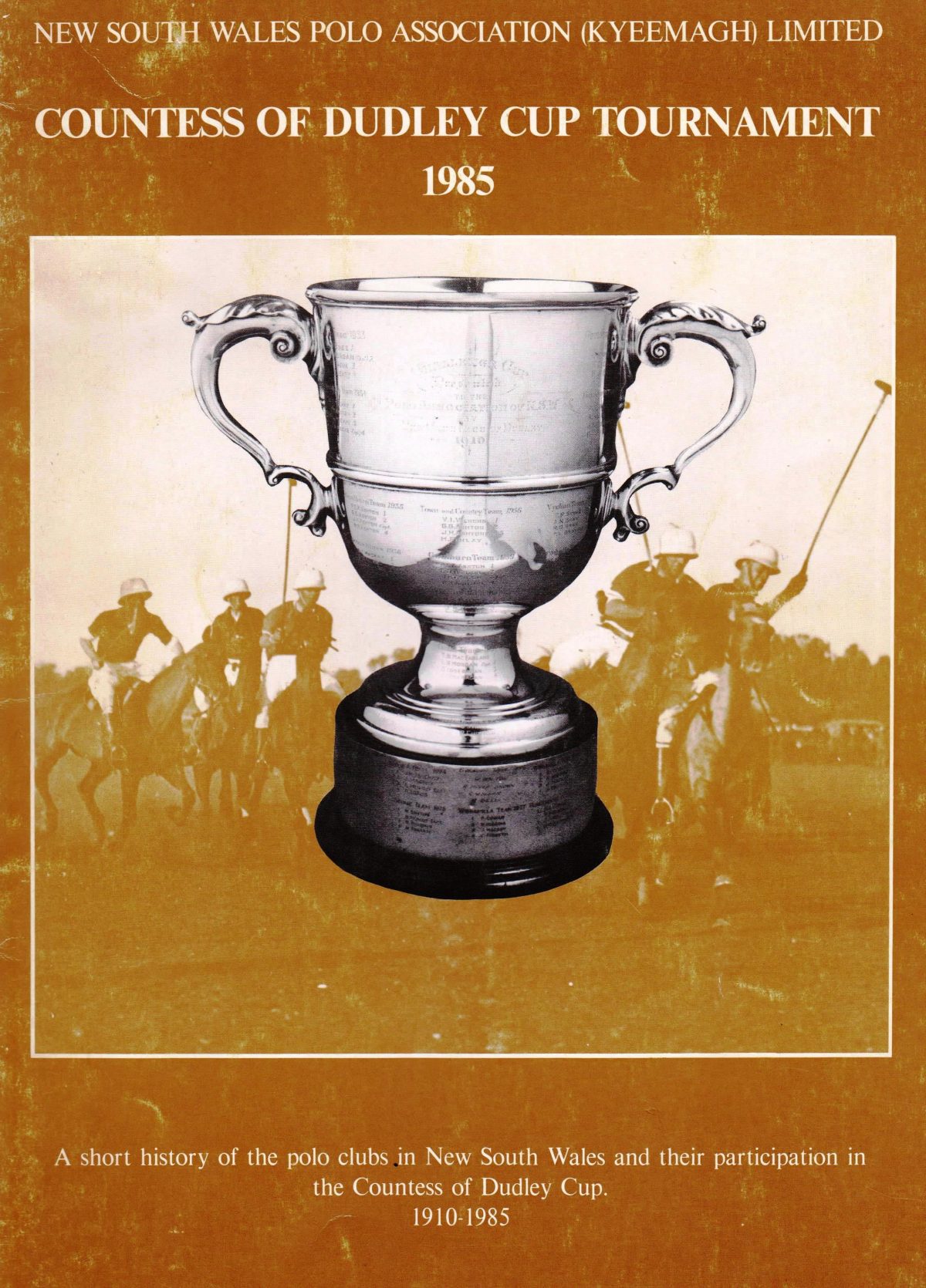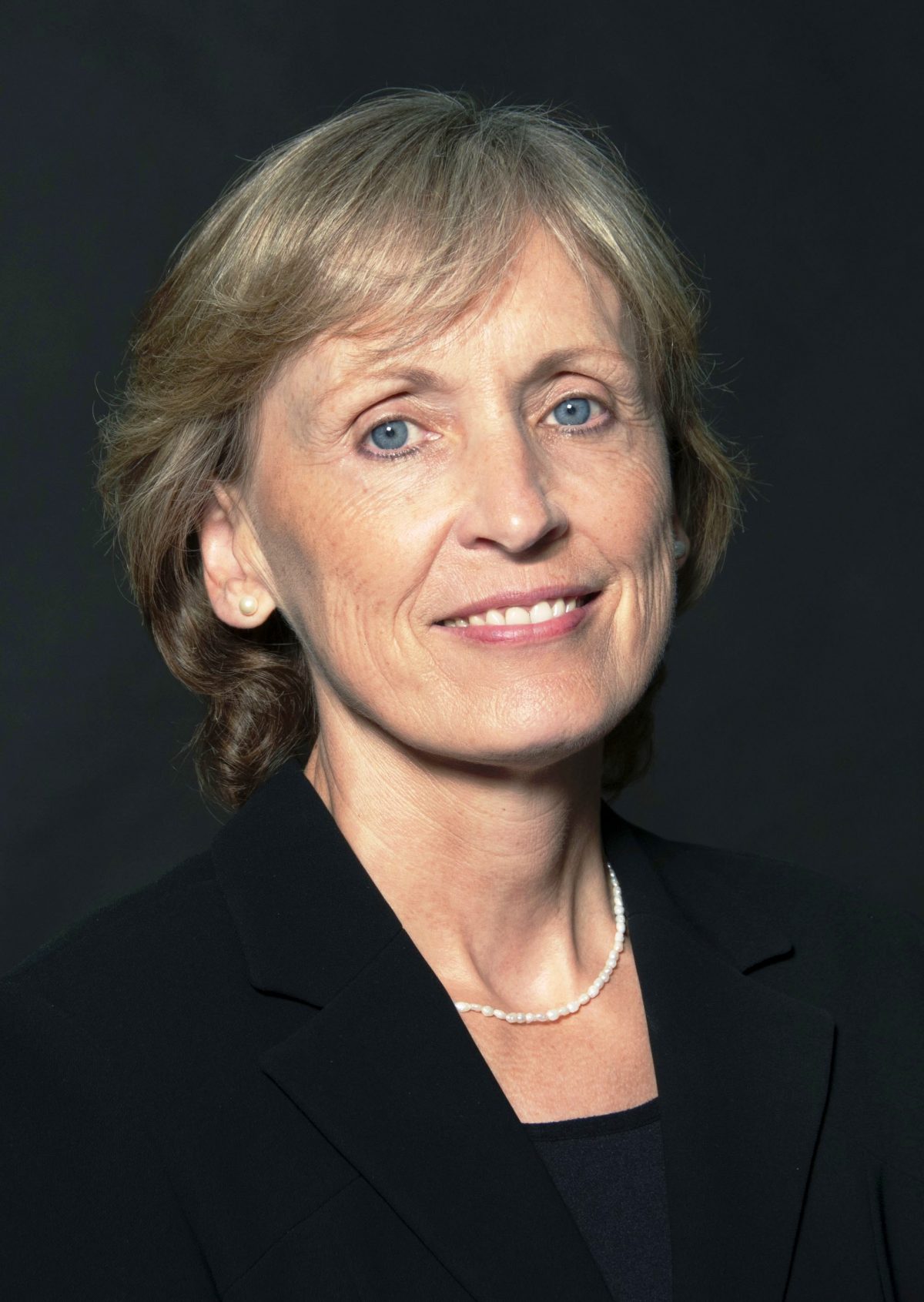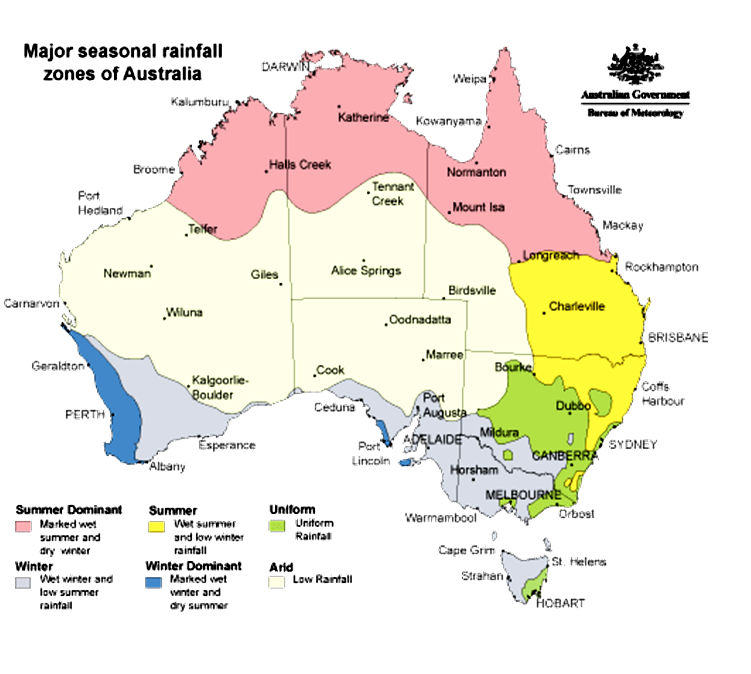Bold Scone Venture
Featured Image: Robyn and Peter Hodgson with a favourite mare at their ‘Chamorel Park Stud’, Synone, Upper Rouchel, Aberdeen in January 1978
The following article appeared in the Hunter Manning Magazine, Issue No 40; Fortnight beginning February 6, 1978. It’s essentially about the formation of the then nascent Hunter Valley Blood Horse Breeders Association. One of the main drivers was Peter Hodgson. Peter was a ‘new chum’ in the industry coming off a very successful business career in Sydney in the Electrical Engineering industry. He was a genuine ‘new broom’, highly literate and bringing a very fresh approach with novel ideas.
‘Paddling their own canoe’
Peter Hodgson is convinced that unless breeders “get off their tails and do something” the Upper Hunter Town of Scone is going to lose its tag of as a traditional horse breeding centre.
“It’ll slip through our fingers,” he says, fingering the folder of documents he has accumulated on the subject.
And it appears that the breeders agree with him.
Spearheaded by Peter, and operating under the title of the Hunter Valley branch of the Blood Horse Breeders Association of Australia, they’ve planned a bold attack on the over-productive industry. “Bold” because it’s never been done before.
The breeders want to establish Scone as a national thoroughbred selling centre. Their first step in this direction – a quality yearling sale – is presently planned for next February (1979).
They have invited Mr John Inglis, head of William Inglis & Son, the biggest bloodstock auctioneers in NSW, to conduct the sale. It obviously augurs well for the future if he accepts but according to Peter Hodgson, a refusal will not be considered a setback.
The decision to form the new Hunter Valley Branch was made unanimously at a Scone meeting last October (1977) attended by about 54. The branch covers the established horse breeding territory from Maitland to Murrurundi and has 85 “interested breeders.” These 85 said Peter represent the majority of breeders in the area and includes all the major breeders.
According to Peter, the aim of forming the branch was to give the breeders more say in the running of their industry. Its aims are to promote the Hunter Valley thoroughbred, to provide services for breeders and primarily, to promote regular yearling sales in the area.
He does not see the planned Scone sale as replacing the major Sydney sale but as “probably reducing the quantity of yearlings” sold in Sydney.
Quality, he says, will be the key word to its success. “If we can provide quality we will have a successful sale and attract people from far and wide.
“To date none of the sales held out of Sydney have attracted quality. The breeders themselves are running this sale and it is in their interest to provide quality”.
In theory, the case for a successful quality Scone sale is strong. About 60 per cent of the yearlings sold in NSW each year, said Peter, are bred in and around the Hunter. At present it costs and average of $600 to sell a yearling in Sydney whereas the new Hunter Valley body says it can put on a quality Scone sale at a cost of $150 a yearling.
Ar present “decent pedigreed” yearlings bring big money but from there the drop is dramatic. “Of the 563 yearlings catalogued at the last couple of weeks of summer sales, less than 10 per cent were top sales of $10,000 and more.
“Of the 563, 153 that made reserve figures such as $800 and $1000 were passed in. These people not only had the expense of taking the yearlings to Sydney to sell them, but they didn’t sell them.
“Of the 400 sold, I would say half the prices were not acceptable to the breeder. The service fee of a reasonable stallion is $1000 and $1500.”
Quality dictated sales will solve the problem at present plaguing thoroughbred breeding in Australia – too many broodmares. The past six years, which saw the boom period, also saw an increase of 12,000 to 24,000 brood mares in Australia.
This figure compares with 3000 brood mares in Ireland, 6000 each in England and between 30,000 and 33,000 in the USA.
According to Peter, Australia would be the only country in the world where thoroughbred yearlings are sold in the capital centres. “In Australia, for some reason, we cart them to the capital cities and incur all these costs,” he said’ adding: “It will get to the stage where people will not be able to afford to send yearlings to Sydney unless the yearling is designed to bring more than $10,000.”
He asked why Scone could not attract buyers. The branch intends soliciting race course associations and trainers and promoting the sale on a large scale. “If we can put out a catalogue we will attract buyers, no doubt about that,” he said. One thing Peter is assured of is that people who attend the sale will be interested. “In Sydney half the people there are spectators,” he said.
On present plans, the association plans to hold the sale over a week end in February. It will parade the yearlings on the Saturday morning; hold a race meeting in Scone for visitors on Saturday afternoon; start the sale probably with 75 lots on Saturday evening; another parade of yearlings on Sunday morning; and a sale of the balance of the yearlings on the Sunday afternoon. Visitors will be able to see the studs where the yearlings are standing prior to going to sale.
A major airline is considering sponsoring the sale in South-East Asia. “The airline has good connections in the breeding and racing industry in this area and it feels it can attract a tour to the sale,” said Peter. “They even intimated they will provide travel to South-East Asia for one of our members to promote the sale,” he added.
Another project the branch is backing at present – and which has received good State and Federal Government response – is the establishment of an equine research centre, as a Department of Sydney University Faculty of Veterinary Science, in the Hunter. A site it is looking at is the AI centre at Aberdeen which is to be sold this month.
There is also bid afoot in Scone to establish an equestrian centre.
All these proposed developments lead Peter to believe Scone could be a big equestrian and selling centre in five years. The Hunter Valley branch of the Blood Horse Breeders Association would put any proceeds from its sale into supporting these ventures, he said.
All eyes, however, will centre on Scone next February when the branch members “paddle their own canoe” with their first sale.
Peter Hodgson’s final say is: “Provided the breeders stand firm with their commitment to our local association, there is no way it won’t be a roaring success.”
Endnote:
Sadly Peter Hodgson passed away at far too early an age. He was a true visionary and a close friend. His optimism did not materialise into full fruition. I have been intimately involved myself; even today after over 50 years. Although much has be achieved I am a somewhat disappointed that ’the breeders did not stand firm with their commitment’ as Peter hoped and predicted. It’s a pity to end on a mildly pejorative note. However there are some promising signs on the horizon; yet again! Stay tuned and remain positive! Perhaps we should buy another paddle? One isn’t enough!
